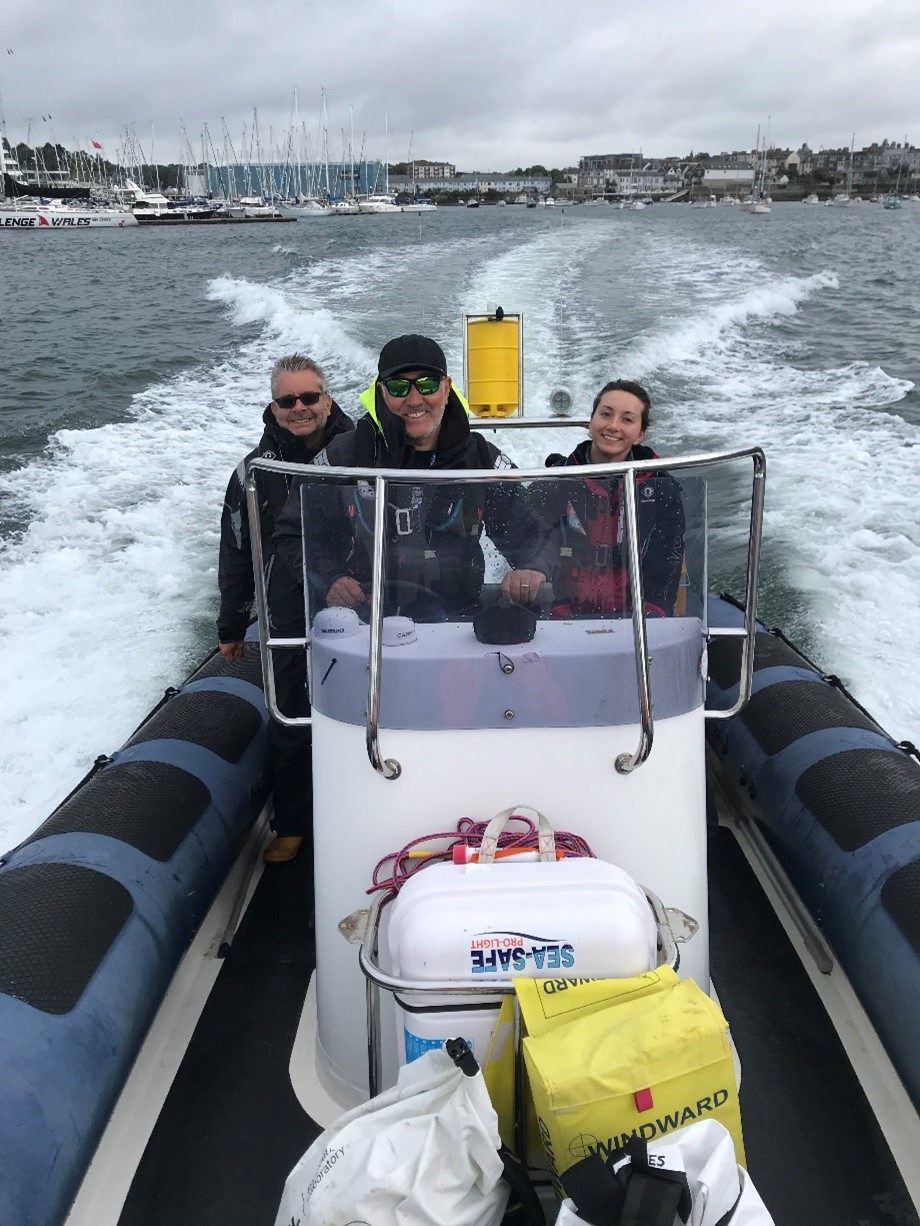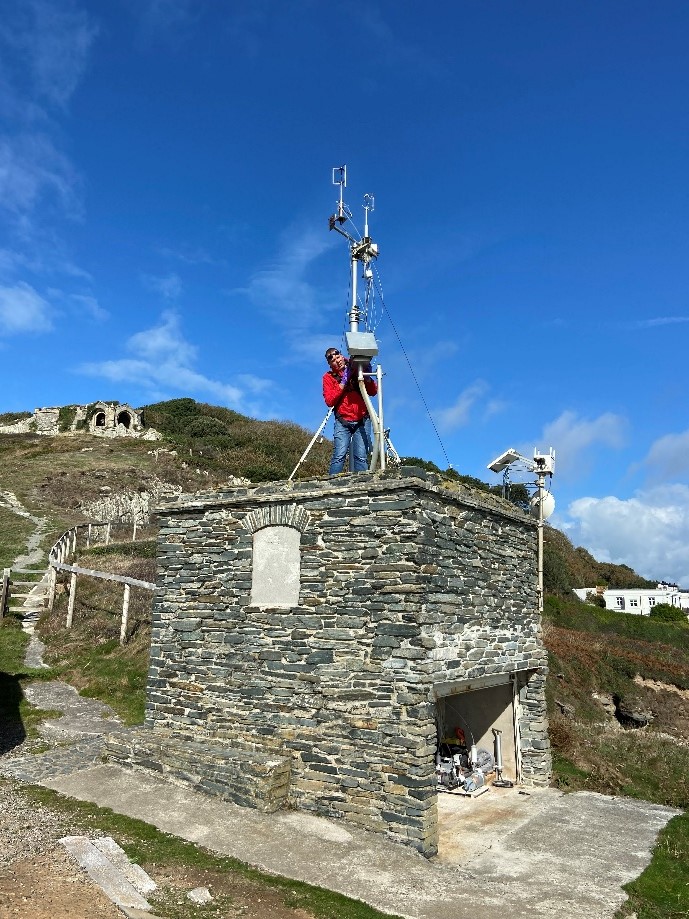In order to investigate the ‘downstream’ effects of agriculture on the health of estuarine and coastal ecosystems, Plymouth Marine Laboratory (PML) is making regular measurements throughout the rivers, estuary and coastal waters of the River Tamar catchment as part of AgZero+.
PML researchers are also looking at innovative practices (riparian buffer zones on farms, re-wetting of lowland peat, wetland restoration by managed realignment and the introduction of beavers) and their effects on ‘downstream’ ecosystems along the land-ocean aquatic continuum.

Why study agricultural impacts of aquatic systems?
Land management and innovative farming at the plot- or farm-scale is connected to the catchment, estuary and coastal zone by waterways. This connectivity is apparent in long-term observations in the English Channel, 10 km south of Plymouth, where we observe a reduction in the salt-content of seawater and simultaneous increase in nutrients during periods of prolonged rainfall on land and high river runoff. Nationally and globally, the loss of carbon and nutrients from land fuels greenhouse gas emissions in estuaries, algal blooms in the coastal zone, a reduction in water quality and in extreme cases, oxygen depletion. In turn, these lead to global warming, deterioration of bathing waters and disruption to aquaculture and fisheries. Innovative farming solutions, such as riparian and other buffer zones, have the potential to ameliorate these impacts by retaining carbon and nutrients on land as well as reduce the need for fertilizer application.
Catchment-wide water sampling is a vital component of the PML biogeochemistry program aimed at understanding and managing aquatic ecosystems. This systematic approach involves the collection of water samples from various points within a catchment area, from river to coast, to assess and monitor a range of critical parameters. These parameters include surface water greenhouse gas concentrations, carbon chemistry, DNA, and nutrient levels.
Read more about this work:
Atmospheric sampling
The PML team are also investigating the impact of agriculture on air quality by monitoring a number of gases, including nitrous oxide, ammonia and methane at the Penlee Point atmospheric observatory.
